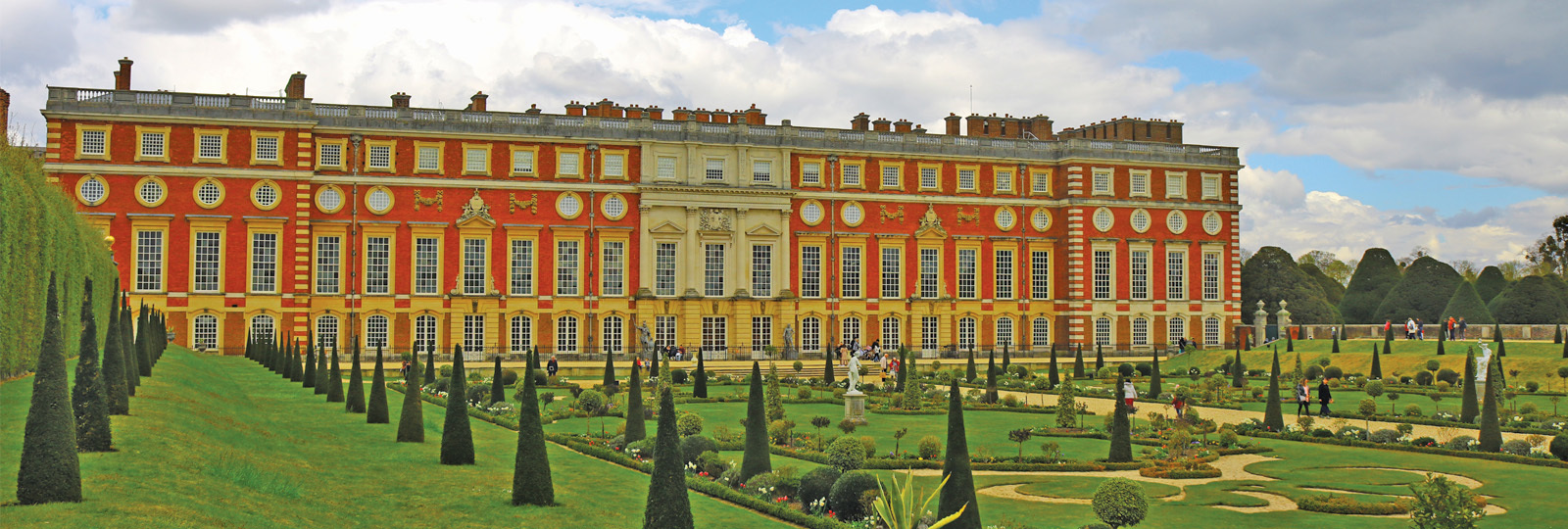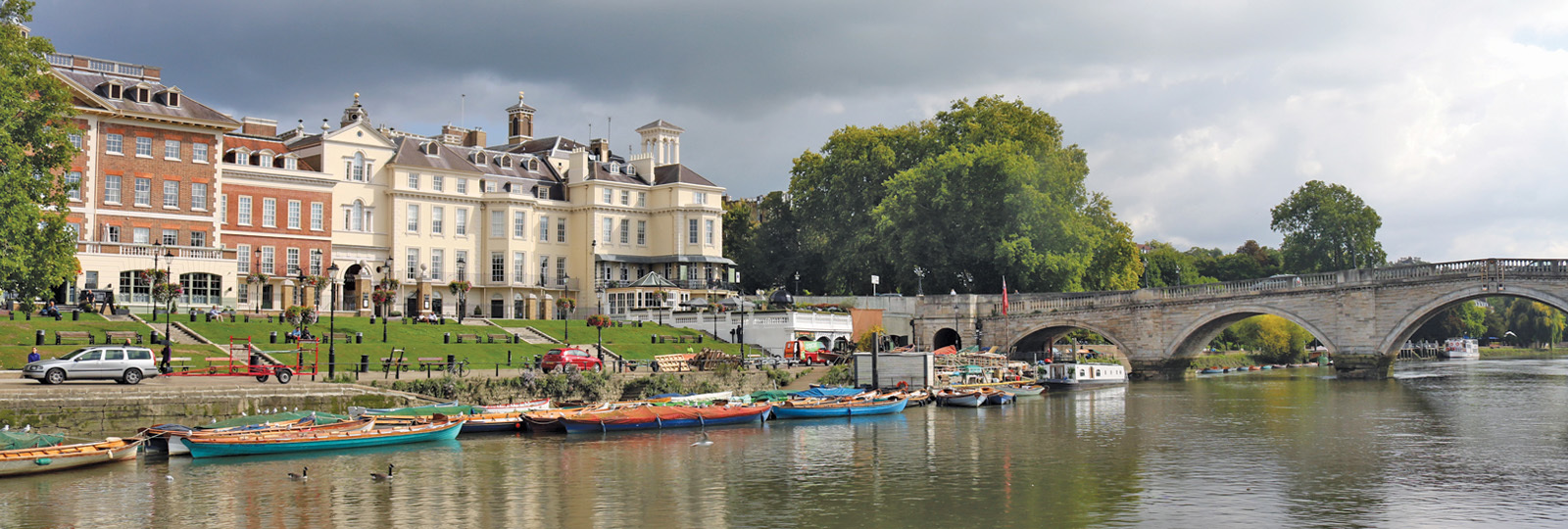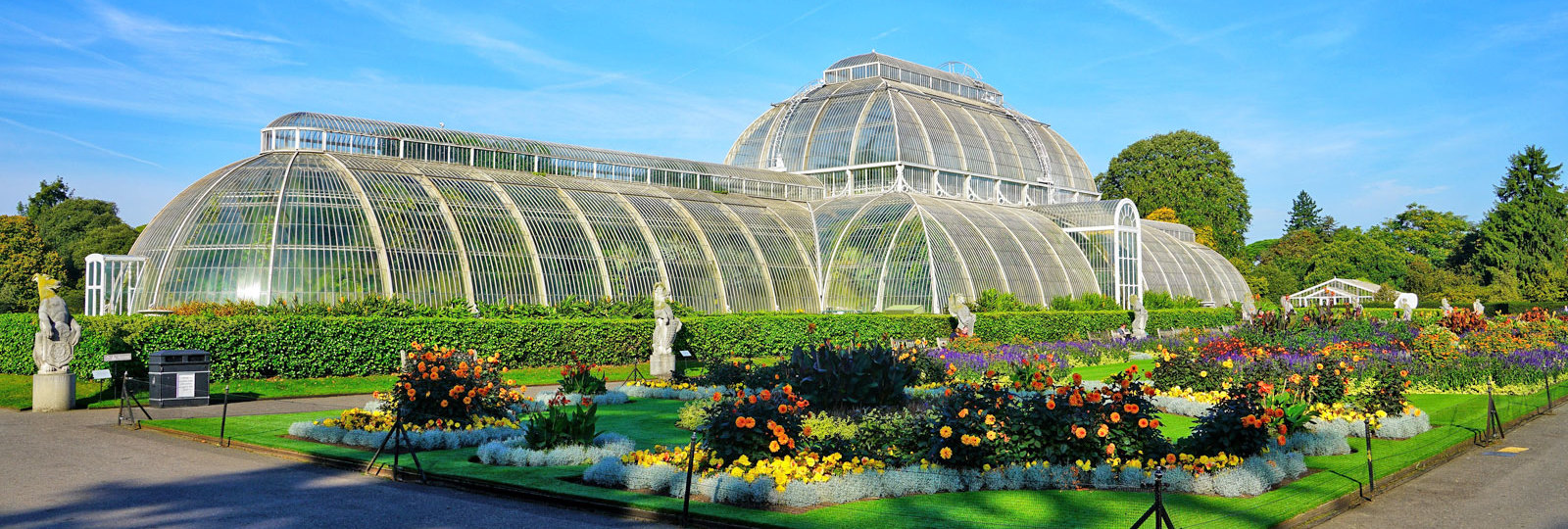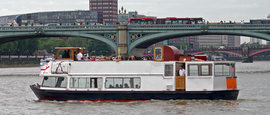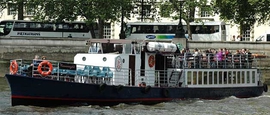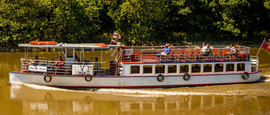Points of Interest
From the heart of London, you follow the Royal Barge Route of King Henry VIII and other British monarchs.
Passing the Royal Botanical Gardens at Kew, and historical Richmond, and through the locks as the river winds and twists to the Royal Palace of Hampton Court, which has stood on the banks of the river for more than 500 years.
So much of London’s history can be seen along the route, including.~
Lambeth Palace
Lambeth Palace is the London residence of the Archbishop of Canterbury, the senior bishop and principal leader of the Church of England, since the 13th century.
Tate Britain
The Tate Gallery. The famous art gallery established by Sir William Tate the sugar millionaire in 1897 on the former site of Millbank prison
The Royal Hospital
The Royal Hospital Chelsea. Founded by King Charles II in 1682 as a retreat for veterans and designed by Sir Christopher Wren. Current home to the Chelsea pensioners.
Chelsea Old Church
Chelsea Old Church. On the site of the original chapel where Henry VIII secretly married Jane Seymour
St Marys Battersea
St Marys Church Battersea. The church has strong connections with art and literature through the artist and poet William Blake who was married here, and the artist J. M. W. Turner, who painted the river from the vestry window. Benedict Arnold and his family are buried in the crypt, and the church has links with the explorer Robert Falcon Scott
The Boat Race Putney.
The Starting line for The Boat Race, since 1829 the annual rowing race between the Oxford University and the Cambridge University Boat Clubs. It is also known as the University Boat Race and the Oxford and Cambridge Boat Race,
The race usually takes place on the last weekend of March or the first weekend of April. Mortlake, and Chiswick Bridge, The finishing line for the Boat Race.Strand on the Green. Oliver's Ait where it is rumoured Oliver Cromwell planned his battle strategies
and held military councils at the Bull's Head pub during the English Civil War.
Kew Gardens
The Royal Botanic Gardens at Kew, A Unesco World Heritage Site, boasting over 300 acres and more than 100,000 species and varieties of plants, Royal buildings and statues
Kew Village
Kew Village, An eighteenth century English village complete with a village green, where cricket is still played to this day
Between Kew and Hampton Court Palace, as the river increasingly winds and twists, through the locks at Richmond and Teddington herons may be seen fishing among the willows of the picturesque natural surroundings.
Syon House
Syon House. Gifted to the Earl of Northumberland in the 17th century by James I it remained a home of the Percy family ever since. In the 18th century, Hugh Percy, 1st Duke of Northumberland, commissioned the greatest designers of the day.
Architect and interior designer Robert Adam and landscape designer Lancelot "Capability" Brown to redesign the house and estate.
Work began on the interior reconstruction project in 1762.
The London Apprentice
The London Apprentice. A famous inn where Henry VIII did some of his courting and close by, Old Isleworth Parish Church where victims of the great plague were buried. The London The Apprentice dates back to Tudor times, It is said to have been patronised by such eminent personalities as Henry VIII, Charles I, Charles II (with Nell Gwynne),
Lady Jane Grey and Oliver Cromwell, all of whom had close links with nearby Syon House.
The Inn was also a popular haunt of highwaymen from Hounslow Heath, most notably the infamous Dick Turpin.
A tunnel linking All Saint's Church with the London Apprentice is believed to have been used by Thames smugglers
to pass their contraband from the vaults of the church to the cellars of the Inn .
Richmond
Richmond Hill Surmounted by the impressive 'Star and Garter'.
Richmond Park, originally enclosed by Charles I for hunting. Now open to the public and notably famous for the herds of deer that roam wild here.
Ham House
Ham House and Marble Hill House, residence of several royal mistresses in the 18th and 19th centuries.
Teddington Lock
Teddington Lock. The junction of the tidal and non-tidal Thames
Kingston upon Thames
Kingston upon Thames. The Royal borough,where medieval Kings were crowned
Hampton Court Palace
Hampton Court Palace. The last stop on the tour, was built in 1515 by Cardinal Wolesey and presented to King Henry VIII in 1529.
The tudor palace houses a large collection of orginal arms, armour, tapestries and fine paintings. It is famous for its gardens, maze and the Great Vine, planted in 1769.
Boats
Cockney Sparrow
The Cockney Sparrow was built in 1976 at Eel Pie Island. She is a two level boat with a deceptively large enclosed saloon and an open top deck.
Connaught
M.V Connaught was built by Salter Brothers of Oxford in 1911 & has been cruising between Westminster, Kew, Richmond & Hampton Court for over 100 years. Connaught regularly operates on our services & is also available for private charters.
Princess Freda
Princess Freda was built in 1926 by T.C. Letcher on the Isle of Wight, and has been restored to a particularly high standard.

